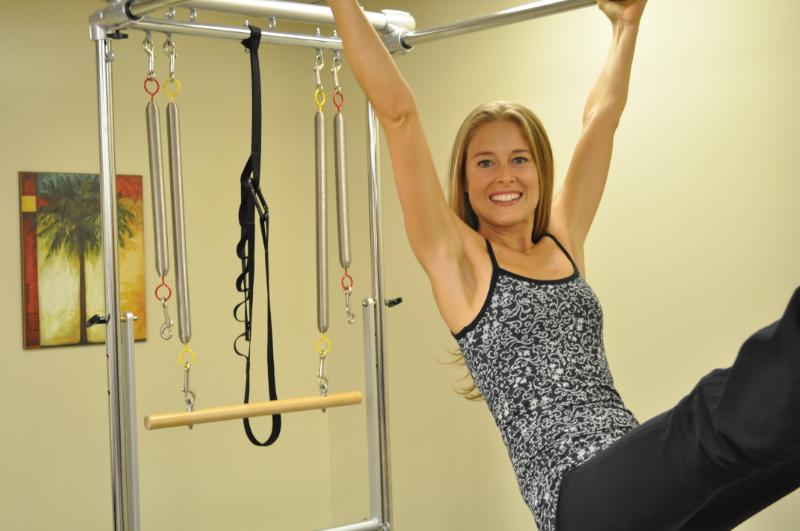Hi everyone!
HAPPY NATIONAL PHYSICAL THERAPY MONTH!
I have been a proud member of the PT community since 1998 when I entered physical therapy school for my masters degree. I
have seen many changes in our industry and the medical community during that time, but one thing remains the same – I love being a physical therapist! I knew I wanted to be a PT when I was 14 years old, so every day I get to work in this industry really is a dream come true.
To celebrate National Physical Therapy month, we are going to do address various PT “mysteries”. I’ll write posts answering the most common questions I tend to get as a PT. These are the questions I get from people at a party who find out I’m a PT, or at 10:00 at night from a family member who just fell off a ladder and isn’t sure what to do (you know who you are!). It’s what you’ve always wanted to ask a PT but haven’t been able to!
To begin our celebration, we will address the most common question I get asked as a PT – ICE or HEAT?? As always, if you have questions about a specific injury or are seeking treatment, please get advice from your doctor.
A quick physiology lesson on ice and heat:
Ice is an anti-inflammatory. It inhibits local blood circulation, which reduces swelling in the injured tissue. If you have pain from a recent injury or intense workout, you most likely have some swelling in the tissues (even if you can’t see it!!). That inflammation can stay in those specific tissues for weeks, wreaking havoc on muscles, tendons, movement, function and pain. Ice can make you feel more stiff temporarily after using it due to the constriction of the blood vessels and the fact that it is, well, cold
Heat dilates the blood vessels in a given area, causing an increase of circulation and blood flow. It can, in turn, increase inflammation depending on the injury and situation. It will make you feel looser due to the dilation of blood vessels and tissues.
So what does that mean for you?
The hard and fast rule is to ice for 48 hours after any type of injury, hard workout, or onset of soreness (this can even mean a hard day of gardening!). Ice for 10-15 minutes (no longer than 20!) and do it at least 3 times a day. As physical therapists, we tend to continue to recommend icing for as long as the inflammation and/or swelling is there. If you’ve had surgery, most doctors will tell you that icing after 48 hours isn’t needed – I disagree! As long as you see swelling, ice will help. If you have recovered from an injury but have soreness again after returning to your normal activities, ice will help the soreness! Anything you might think to take ibuprofen for, ice will help as well (because they are both anti-inflammatories). Many people use a bag of frozen peas which is fine, but not very comfortable. I recommend a gel ice pack, possibly with an elastic band, that is comfortable and you can strap on your shoulder or knee easily. That way you have no excuse not to ice! You can wear it for 10 minutes while cooking dinner or doing homework with the kids. Ice is cumulative, meaning you might not feel an immediate difference right after the treatment, but staying consistent with it will help decrease the soreness over time and help you NOT get sore from an activity.
Heat is one of those things that just feels good. If you have generally tight and sore muscles from sitting at a computer all day, heat can be a good option. A good rule here is if a hot shower feels and sounds really good, heat might help. Do NOT heat an actively swollen or inflamed joint! You will simply make it worse. The one condition that tends to always respond well to heat is osteoarthritis. Other than that, use your judgment on whether gentle heat might feel better on very tight muscles. Heat of course will always feel better because it’s not cold 
Many people ask about alternating ice and heat. There are some benefits to this method, as it can cause a sudden dilation and then contraction of the blood vessels which can help pump out swelling. It also is much more time consuming and takes more dedication on your part to follow through with. If you would like to alternate, start with heat and do 10 minutes of heat, then 10 minutes of ice. Do this every hour on the hour for best results.
To summarize – my answer 95% of the time is to ice. If you really want to heat and it feels really good, you can alternate (always end with ice). If you have osteoarthritis or are simply stiff after a hard day, heat might be the ticket. See what feels right to you!



